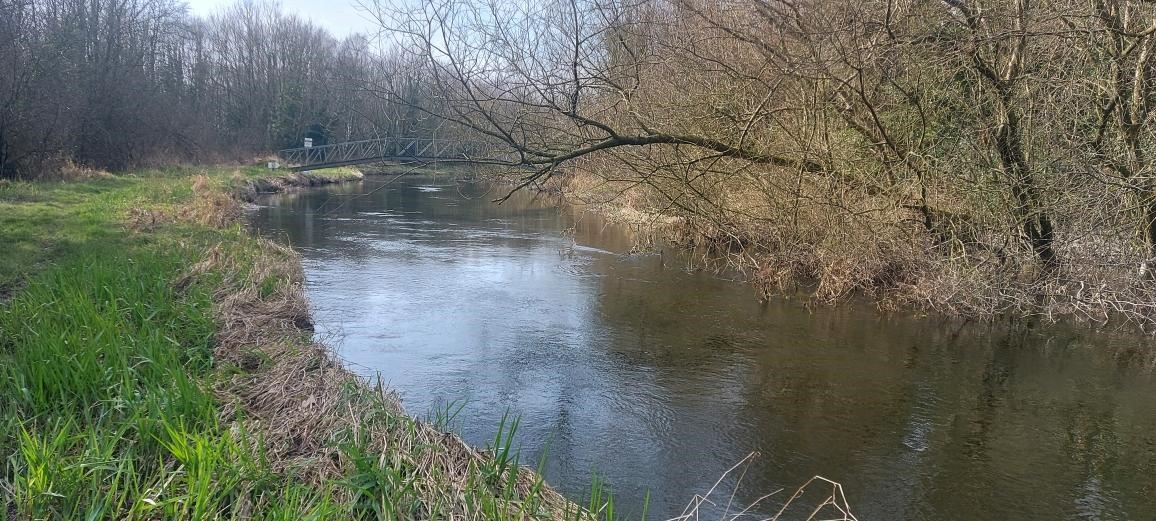The Centennial Project took place across the Nore catchment in Laois from March to October 2022 in a collaboration between Nore River Catchment Trust and DCU Water Institute. Citizen Science is of strategic importance to the DCU Water Institute to enable and equip community groups to monitor the water quality in their waterways. Volunteers were trained by the Water Institute and sampled at 27 locations on the Nore and its tributaries, testing for nitrates, phosphates and turbidity.
The objective of the project was to capture data on water quality while enabling communities within the catchment to develop their own programme of testing through groups like the Nore River Catchment Trust. This ensures that local waterways can be monitored on a regular basis, as many volunteers stated they wanted to learn more about water quality to benefit their communities and local environment.
The project used FreshWater Watch’s Survey123 app to capture data including observational data and photos of the sampling sites. The citizen scientists involved really added to the project by recording biodiversity, invasive species, pollution sources and seasonal changes such as vegetation growth, river level changes and increase in livestock present. All this data can have an influence on water quality and can corroborate changes in test results.
Key findings from the report are:
- Nitrate levels generally increase as the Nore moves from source to sea, with lower levels in the upper catchment which has a predominantly peatland/forest land use. Higher nitrate levels were found in the lower catchment which has a predominantly agricultural land use.
- There were particular instances of nitrate pollution which may have been due to bridge construction and animal access at sample locations.
- Phosphate levels were slightly elevated at centres of population which may have resulted from urban run-off.
- Data gathered by citizen scientists was found to contain similar levels of nutrients to data gathered by the EPA where Centennial sample locations and EPA monitoring stations were co-located.
This project was supported by the DCU Educational Trust through the GLAS Communities Fund created by Rethink Ireland in partnership with Ornua Co-operative Limited and the Department of Rural and Community Development.

